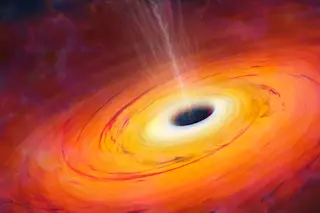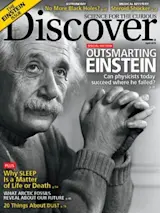The Green Bank Telescope in West Virginia. | Peter Bassett/Science Source
Albert Einstein’s general theory of relativity remade gravity and solved problems that Newton’s theory couldn’t. It’s passed each of the dozens of experimental tests devised since its debut in 1915. But physicists have barely gotten started.
“We’ve only been playing around in Newton’s world so far,” says Neil Cornish, a physicist at Montana State University. That will soon change, though, as several bold experiments enabled by telescopes of unprecedented reach — and in some cases by entirely new ways to gather data — are poised to study how gravity behaves around some of the universe’s most extreme objects.
“This is where general relativity really gets going,” says Cornish. Powerful telescopes are already looking for minute hiccups in the whirring of stellar corpses called pulsars. A global effort will soon photograph, for the first time, a black hole. And huge ...















